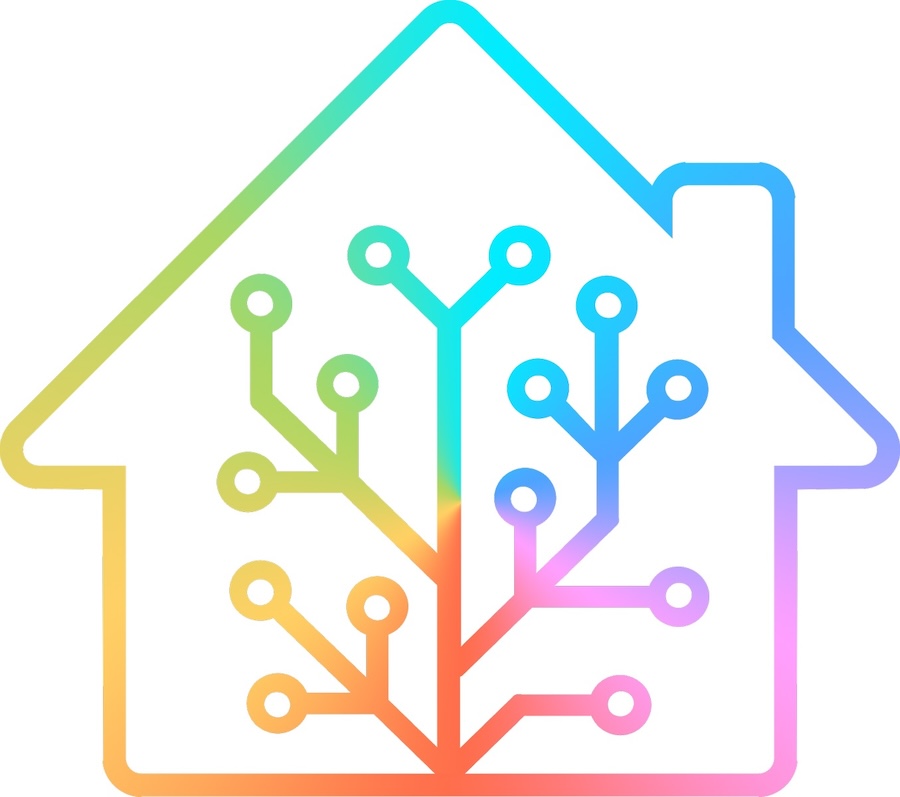What is Home Assistant? The Open-Source Bridge to a Unified Smart Home
Why Total Home Technologies Uses It But You Shouldn’t DIY

In our previous article, we introduced Matter, the long-awaited smart home standard created by Apple, Google, Amazon, and Samsung to fix the compatibility nightmare between platforms. While Matter is a major step forward, it still can’t deliver the full interoperability many homeowners expect, especially for advanced devices like security cameras, entertainment systems, or ecosystem outliers like electric vehicle chargers.
If you want smart home freedom, with devices from different brands, ecosystems, and generations working together in one seamless control environment, there is a solution. But it’s not plug-and-play. It’s called Home Assistant, and while it’s incredibly powerful, it’s also not built for the average consumer.
Let’s unpack what it is, how it works, and why Total Home Technologies uses it behind the scenes to solve problems that even premium platforms like Control4 can’t fully address alone.
MORE ON SMART HOMES: Visiting a Home Automation Showroom Could Change How You Feel About Your Home
What Is Home Assistant?
Home Assistant is an open-source smart home platform designed to be a universal integration hub. Unlike commercial platforms like Apple Home or Alexa, it’s not tied to any single brand. Instead, it’s a community-driven project with thousands of integrations that allow devices from hundreds of manufacturers to talk to one another. The best part? Many of them are otherwise incompatible with each other, but Home Assistant makes everything speak the same tech language.
It works as a local server installed on hardware like a Raspberry Pi, Intel NUC, or even a virtual machine. Once set up, Home Assistant can act as a translator, scheduler, automation engine, and interface for all your smart devices, regardless of which ecosystem they originally belong to.
Most importantly, Home Assistant supports Matter and legacy protocols like Zigbee, Z-Wave, Wi-Fi, and proprietary APIs that Matter can’t reach (yet). It can also integrate with all three major platforms (Apple Home, Google Home, Alexa), allowing us (or you) to create automations that involve devices from completely different ecosystems.
Is It the Smart Home Nirvana We’ve Been Waiting For?
Not quite.
Home Assistant is powerful but not simple. It’s designed for tech professionals, not everyday homeowners. While it has a clean user interface, the real value comes from under-the-hood integrations and custom automations, which often require YAML scripting, network configuration, and deep knowledge of each device’s capabilities and quirks.
In other words, it’s not the kind of platform you “set and forget.” It’s not even really a product. Consider it a toolset; like any advanced tool, it takes experience to use effectively and safely. That’s where our team at Total Home Technologies comes in.
How We Use Home Assistant at Total Home Technologies
At Total Home Technologies, we use Home Assistant strategically, not as a core control platform, but as a bridge between systems that don’t natively communicate.
For example, platforms like Control4 remain our go-to for centralized, polished smart home control. However, Control4 doesn’t (yet) offer native integrations with certain devices, such as the Tesla Wall Connector, specific energy monitoring tools, or niche gadgets. In those cases, we install and program Home Assistant to create a middleware layer that allows these devices to participate in the broader smart home ecosystem.
By integrating Home Assistant into the network behind the scenes, we can connect Control4 to devices that would otherwise be isolated while maintaining the same intuitive user experience our clients expect.
And thanks to its hardware flexibility, Home Assistant is also a cost-effective solution. It can run on inexpensive devices like a Raspberry Pi, making it perfect for specific, targeted use cases without driving up project costs.
The Bottom Line on Home Assistant
Matter is promising, but still developing. Home Assistant is mature, but complex. Used together by professionals, they allow for a level of customization that was nearly impossible just a few years ago.
At Total Home Technologies, we bridge all of these systems so that your devices can communicate securely, intuitively, and be future-ready.
If you’ve ever been told, “That device doesn’t integrate with your system,” we’d love to take a second look. Chances are, there’s a way to make it work.
Curious about what’s possible in your home? Let’s explore it together. Contact us here to discuss integration, innovation, and getting the most out of every innovative technology you own.